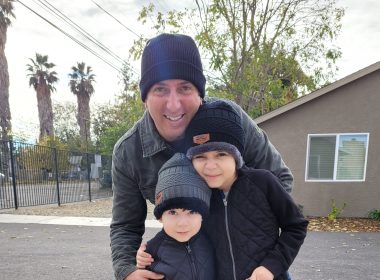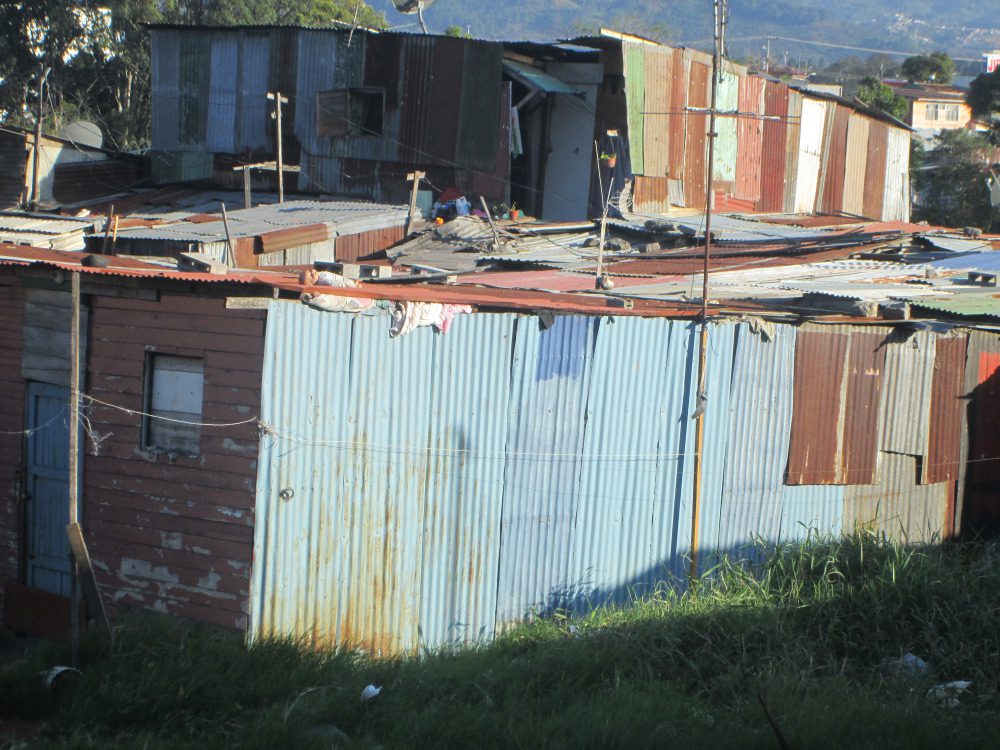Excerpts from my journey through Honduras, Nicaragua and Costa Rica
By Patricia Eady –
The Salvation Army provides much-needed assistance to struggling regions across the world. I traveled to the Latin America North Territory as resource and media coordinator for the world missions department in the Canada and Bermuda territory, to learn more about these projects and to look for additional opportunities to provide support.
Honduras
Our first stop was the public hospital in Tegucigalpa, Honduras, to listen to the stories of doctors, nurses and patients. The Salvation Army helps fund the hospital and supplies needles, medication and other medical necessities to children aged 4-17.
Approximately 200 families require the hospital’s services, with many of them traveling three to four hours by foot or animal to reach some form of transportation as they near the city to get medical treatment.
One social worker shared a story of a 9-year-old boy who required essential medicine in order to save his leg from amputation. His parents could not afford this. With the decision drawing near, the medical team issued an urgent request to The Salvation Army to fund this child’s health care expenses.
The Army responded quickly and doctors were able to administer the medication. The boy’s leg was saved with no cost to the family.
“I am thankful for The Salvation Army and thankful for your presence here in Honduras,” the social worker said. “Helping us in a huge task is a blessing.”
Nicaragua
We touched down in Managua, Nicaragua to be greeted by our local Salvation Army hosts. As we sat in traffic on the way to our hotel, three young girls—no older than 8—approached us, begging for money.
Later we learned that many of the children were begging to feed their drug habits.
Looking out the car window, I saw broken buildings, homeless people, barbed-wire fences, and I began to cry. Nothing had prepared me for this, not even the pre-trip briefings.
It’s a rough memory, but I know I needed to experience Nicaragua for what it was. My initial reaction was, “I don’t know how I am going to do this for the next two days; I want to go home.”
My mind completely changed when we arrived at the Managua Corps. We were invited to attend its first youth night of the year. I wasn’t sure what to expect, but I quickly composed myself.
When we arrived, I noticed it was a youth talent show—a way to lift anyone’s spirits. People greeted us with handshakes, hugs and kisses on the cheek, welcoming us to the corps. Kids were up at the front singing and smiling, and it was beautiful to see such joy and passion in their hearts.
We listened to the message that Cadet Nataly had for the youth; they hung on every word shouting “Amen!”
Although my trip to Nicaragua began with sadness and helplessness, it ended with overwhelming love, compassion and hope.
I learned that although people may not have everything we consider essential, they have more than enough. They have family, community and church. Most importantly, they have a love for God, and a pure, undiluted faith.
Costa Rica
The Sagrada Familia Corps in San Jose, Costa Rica, is appropriately named; it means “sacred family.”
Lt. Oman Hidalgo is completely in tune with what his neighborhood needs—love. He’s planted his heart firmly in this community, knowing its struggles with drugs.
One thing I learned coming here was that shoes hanging from the telephone wire means “drug dealer here.” Walking through the community, we didn’t see just one or two pairs of shoes; there were shoes hanging within five steps of one another.
In the same view, children play in the streets with no sign of their parents or guardians.
As we walked through the town, Hidalgo began telling us that drug dealers rarely show their face. Instead, they use children, called “robots,” to distribute their drugs to the buyer.
As payment, the children receive money and drugs, as much as $40 a day. Hidalgo has known children involved in this drug ring as young as just 8 years old.
The local public elementary school services 800 children with 45 to a class. The students there do not continue to study beyond the first or second year of secondary school, which is middle school in the U.S. At this critical point in their lives, they are either forced into drugs or take on a job as a low-paid worker.
The corps is working on a sports program to draw children away from drugs to become more active and responsible in their community. It’s difficult, however, due to a lack of funds.
We continued on our stroll down the street that led us to a little alleyway. I wasn’t sure where Hidalgo was taking us, but when the alley opened up a large piece of land appeared.
Children played on cement that looked like it used to be a basketball court, dogs were eating from a huge pile of smoking garbage, and homes, most made from metal roofing, were set up in a row.
Hidalgo estimated about 350 families live here, each with as many as six or seven family members.
We met Lucia, an adherent of the corps. She has three children, but her son doesn’t live with her. Her daughters Carla, 11, and Nacida, 5, are both involved in the corps. Carla attends the after-school program, which offers homework help in English, Spanish and math.
Although this community faces numerous challenges, they also experience plenty of joy.









